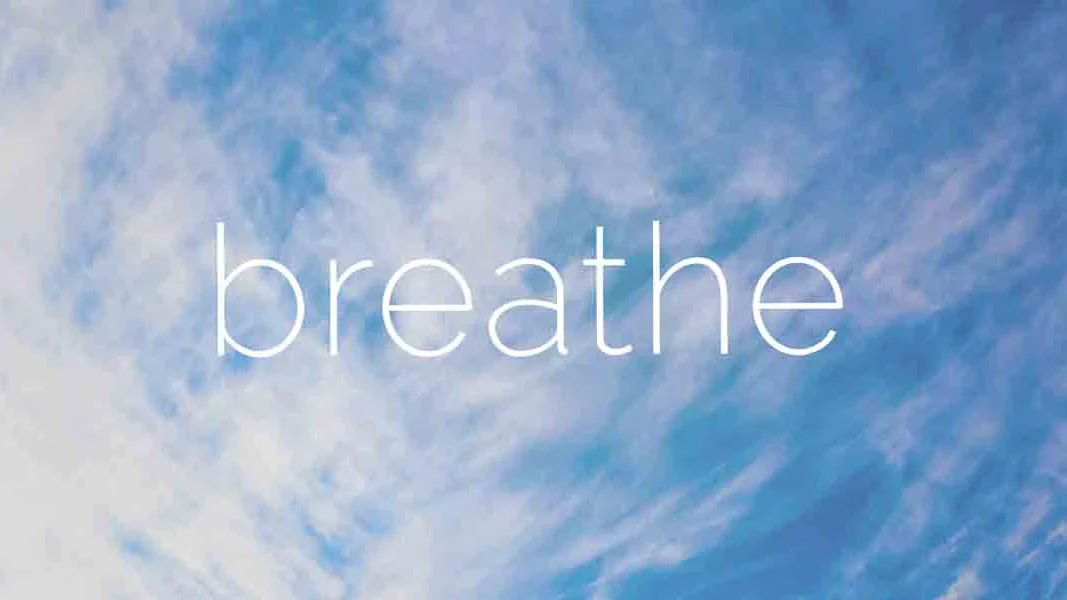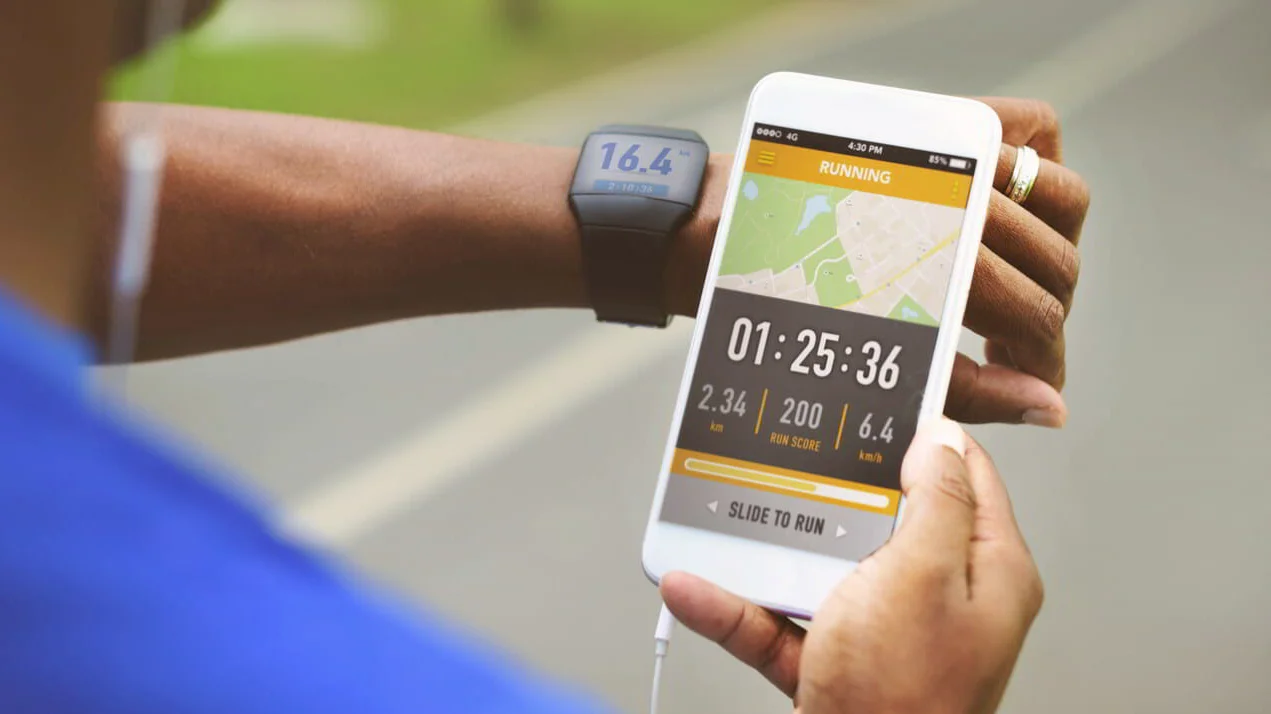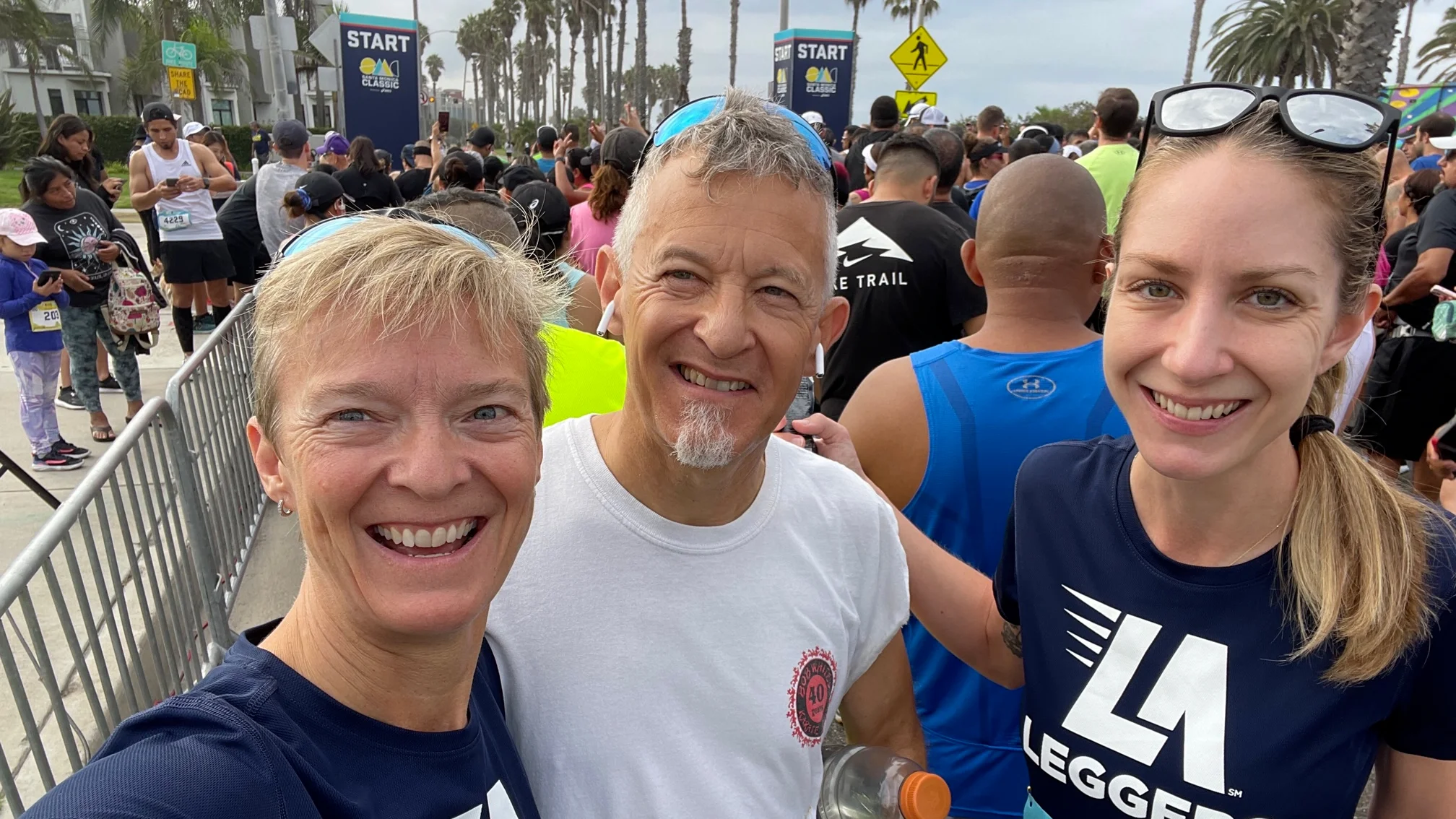Neuroscience and how it applies to athletic performance
The brain is in control
- Thousands of inputs coming in from all over the body and the brain sifts through this information or data and while it does a tremendous amount of stuff, in the end it is tasked with answering one question: Is what we are doing safe or not?
- If it is safe, then our brains will allow us to perform at a high level, if not, then our brains will slow us down by creating fatigue, tightness and pain.
- The good news is we can retrain our brains into allowing a higher level of performance and there are dozens of ways of doing this, but I have found that three areas seem to really help the most for most people. They are Vision, Vestibular or Balance, and Breathing.
Respiration
Everyone talks about training, mileage, pace, form, etc. and they are all important to getting better and yet most people focus on them and not all really improve that much and then they blame it on genetics.
- Vision, balance, and breathing may be more important to improving performance and yet almost no one talks about them
- They are all skills and as such can be improved.
- The Brain is in control of how well or how fast we can move, and Vision, Balance and Breathing are areas that have a tremendous impact on the brain so if they are less than ideal, the Brain knows this and will slow us down to stay safe.
Breathing and how important it is to being a great athlete
- Most people breathe around 22,000 times a day for. Better breathing patterns mean less threat to the brain, less threat, better performance
- Ten percent of the general population has Chronic Hyperventilation. Fourteen common symptoms that are responsible for over 50% of all primary care visits and in practice only about 10% of these symptoms come from an identifiable illness which leaves about 90% of these symptoms with no medical explanation other than chronic hyperventilation.
- Need Oxygen as fuel source for the body and in particular the brain.
- CO2 / Acidic body eating foods vs. breathing Normal pH is 7.35 to 7.45
- Over twenty muscles and numerous joints involved up to 16% of total cardiac output is required to support respiratory muscle function during maximal exercise
Potential Benefits of Respiratory Muscle Training
- Decreased Metabolic Reflex
- Decreased perception of effort
- Enhanced core and spinal stability
- Increased Posture and Balance
- Improved breathing patterns
- Decreased risk of “side stitch” (cramps)
- Increased comfort during postural challenges
- Decreased risk of rib fractures
- Improved Isometric trunk strength
- Increased power generation due to core stability
- Increased decision making during respiratory distress
- Respiratory Drills
Diaphragm Breathing Drill
Put one hand on the belly and one on the chest. As you inhale, you should feel the belly move first with the chest being still. Once you have the belly moving first, then check 360 degrees around. Check sides and note any asymmetries between the left and right. Check the back and make sure it is moving as well. Focus on both light breathing and deep breathing from time to time. Check it standing, walking,
running, and lying down as well as seated.
Serratus Anterior Inhalation
Place both hands high on the ribs with fingers pointing forward. Press in with both hands and as you inhale try and push your ribs away. You should feel primarily a lateral expansion.
Breath Hold Time Test
Breathe normally for 2 or 3 minutes. Exhale normally and then hold breath. Time how long before the first DISTINCT need to breathe. 60 sec or better is good. 40 seconds and above is okay.
Pursed Lip Breathing
Lie down, sit, or stand. Place hands on belly and chest to check for normal movement. Breathe in through the nose for two seconds. Hold for a count of one or two seconds. Slowly breathe out through pursed lips or a straw for 4 seconds. Do thirty times twice a day.
Supine Diaphragm Stretch
We did this one seated but try it both standing and lying down. Lie down arms overhead. Tilt pelvis to flatten your lower back. Inhale fully. Open your mouth and throat and create a forceful, deep exhale. When you think you have reached the end of your exhalation capacity, exhale even more deeply. Feel for a deep stretch in your upper lumbar and low-to-mid thoracic spine.
Nose Breathing
While running or walking is to just breathe through your nose. Try to do it for a mile and see how you feel. Are you out of breath? Could you do it for that long? If not, you are probably running or walking too fast for your current level of fitness and the type of workout you are doing (Long Slow Distance).
Inspiratory/Expiratory Muscle Strength Training
- Use Expand-a-lung device: http://www.expand-a-lung.com/
- Elevation Training Mask: http://www.trainingmask.com/
For more information on breathing and breathing drills, read Anatomy of Breathing by Blandine Calais-Germain. You can get it at Amazon, etc.




